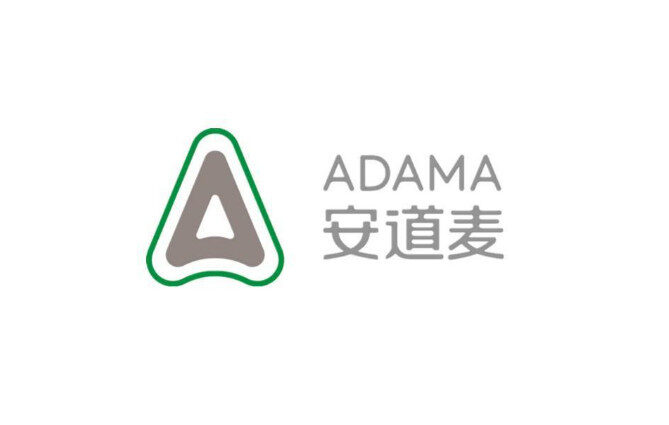ADAMA Ltd. (000553.SZ), a global leader in non-patent crop protection solutions, has announced a significant reduction in net losses for H1 2025, alongside improved EBITDA margins, driven by cost optimization and inventory management under its “Strive” transformation plan. The company’s strategic shift—focusing on high-margin differentiated products, operational efficiency, and value-driven markets—has begun yielding tangible financial improvements, despite persistent industry challenges such as oversupply and pricing pressures.
Key Financial Highlights (H1 2025 vs. H1 2024)-RMB
| Metric | H1 2025 (Forecast) | H1 2024 (Actual) | Change (%) |
| Net Profit (Loss) | (¥54M–108M) | (¥895M) | +87.9% to +93.9% |
| Adjusted Net Loss | (¥123M–177M) | (¥947M) | +81.3% to +87.0% |
| EBITDA & Margin | YoY Growth | Decline | Improving |
Financial Performance Analysis
1. Reduced Losses and Margin Expansion
ADAMA’s H1 2025 net loss narrowed sharply to ¥54–108 million, compared to ¥895 million in H1 2024, marking a ~88–94% improvement. The key drivers include:
-
Higher gross margins due to lower inventory costs and increased sales volumes.
-
Reduced tax expenses and improved financial management, offsetting rising interest costs.
-
EBITDA growth, reflecting operational efficiency gains under the “Strive” initiative.
2. Sales Stabilization Despite Pricing Pressures
While global agrochemical markets remain oversupplied, ADAMA’s sales held steady (↑1% in RMB terms), supported by:
-
Channel inventory normalization (after prolonged destocking).
-
Volume growth in Q2, countering weak pricing (due to soft commodity markets and high global interest rates).
Strategic Transformation: The “Strive” Initiative
Launched in early 2024, ADAMA’s three-year “Strive” plan focuses on:
1. Cost Optimization & Financial Restructuring
-
Exiting low-margin products (e.g., certain generic pesticides).
-
Reducing operating expenses (logistics, procurement, and overheads).
-
Enhancing working capital efficiency (lower inventory days, better receivables management).
2. Operational & Organizational Efficiency
-
Streamlining global functions (finance, HR) to support commercial teams.
-
Asset rationalization: Evaluating underperforming production sites for cost competitiveness.
3. Value Innovation in High-Margin Segments
-
Differentiated product strategy:
-
New formulations (e.g., bio-pesticides, combination chemistries).
-
Expanding into non-agro sectors (food additives, cosmetics ingredients).
-
-
22% of 2024 sales came from products launched in the past 5 years, demonstrating R&D-driven growth.
Market Outlook & Challenges
1. Industry Headwinds
-
Persistent oversupply in generic agrochemicals.
-
Low farmer purchasing power (due to high interest rates and weak crop prices).
2. Growth Opportunities
-
New product registrations (190+ in 2024).
-
Expansion in emerging markets (Asia, Latin America).
-
Synergies with Syngenta Group (supply chain, distribution).
Conclusion: A Turnaround in Progress
ADAMA’s H1 2025 results validate its strategic pivot—balancing cost discipline with high-value innovation. While challenges remain, the “Strive” plan’s early success (evidenced by EBITDA margin expansion and 70% stock surge over the past year) suggests sustained recovery potential









